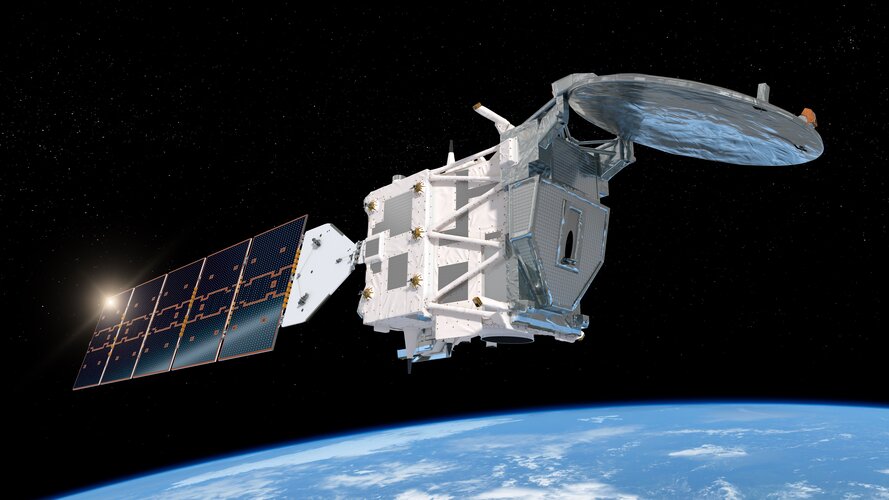We have confirmation that #EarthCARE’s first deployment is complete: the satellite has spread its solar wing, and is generating power.
We have a mission! pic.twitter.com/dfAHyaKp7r
— ESA Operations (@esaoperations) May 28, 2024
EarthCARE is the most complex of ESA’s Earth Explorer research missions – missions that deliver critical information to fill critical gaps in our scientific knowledge of our planet, and subsequently help address environmental challenges. With the climate crisis upon us, EarthCARE’s mammoth task is to shed new light on the complex interplay between clouds, aerosols and radiation within Earth’s atmosphere to improve our understanding of how the atmosphere drives the climate system.
But first, there were some important steps to take following its placement in orbit.
Over the next few days, a period known as the ‘Launch and Early Orbit Phase’, the EarthCARE team switched on and assessed the functionality of the satellite’s other core systems. ESA’s Flight Dynamics team calculated the precise orbit that EarthCARE had been inserted into by its launcher, while ESA’s Space Debris Office regularly scanned this orbit to ensure it was free of any risk of collision with another spacecraft or piece of debris.
This phase also saw the deployment of EarthCARE’s reflector, part of the Cloud Profiling Radar instrument provided by the Japanese space agency, JAXA.



